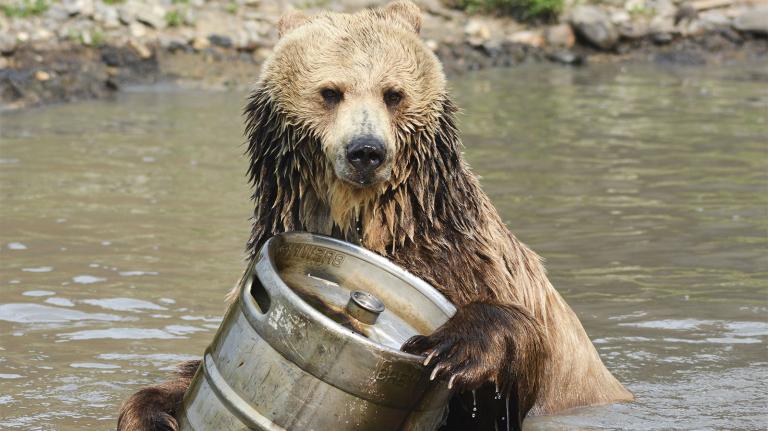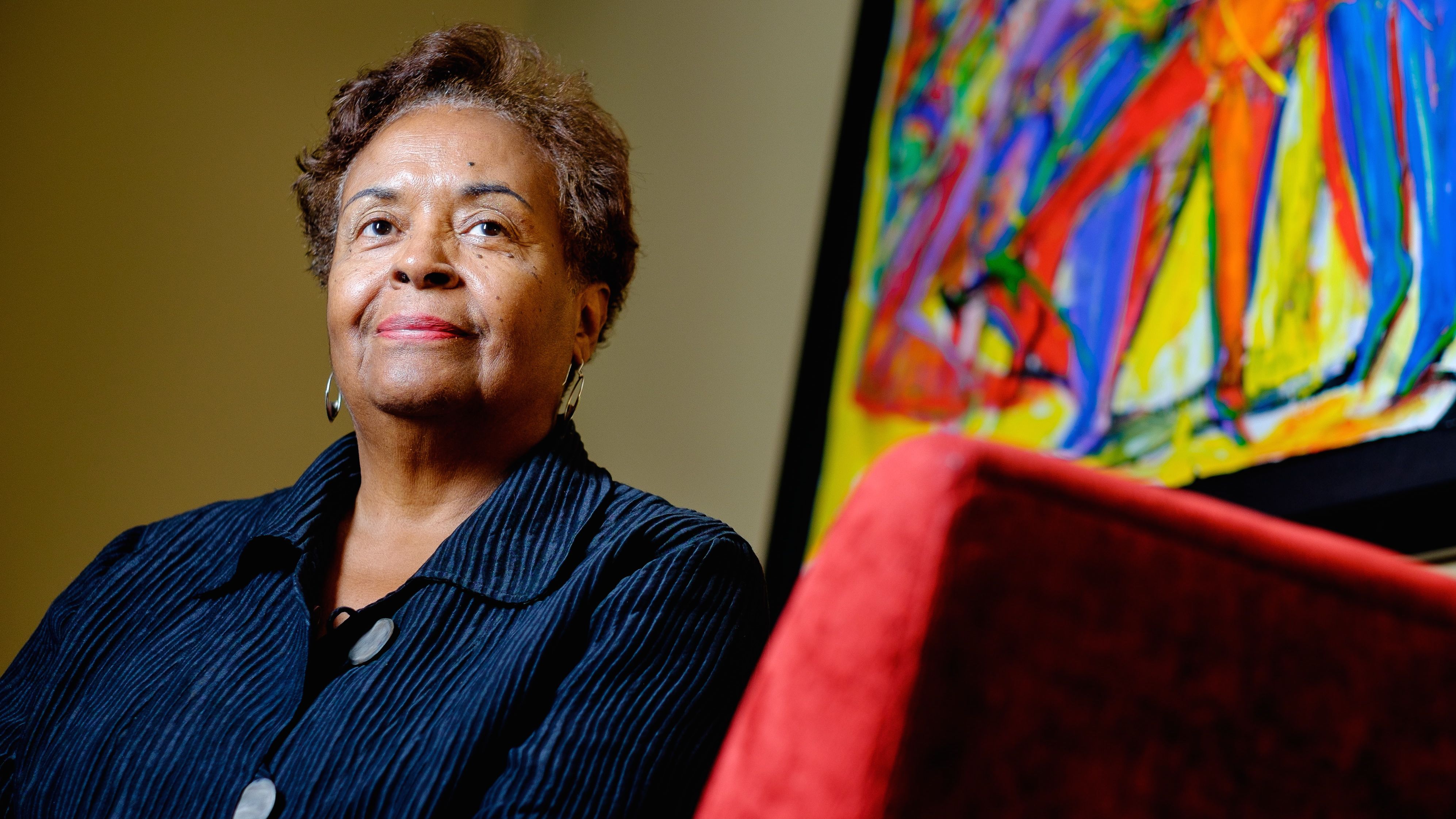What can organizers of the upcoming People’s Climate March learn from organizers of some of the earlier, broad-scale demonstrations for justice in the U.S., like the 1963 March on Washington for Jobs and Freedom? That’s the question I posed to Dorie and Joyce Ladner, 72 and 71 years old respectively, who helped coordinate many of the major civil rights protests of the early ’60s. Their credentials include the sit-ins to desegregate lunch counters, the Freedom Rides to do the same for buses, Freedom Summer for voting rights, the March on Washington, and countless others.
Fifty years ago, the Ladners and the other coordinators of Freedom Summer faced the crucial decision of whether to enlist white people from the northern states in the upcoming civil rights and voting rights campaigns. Some of the Ladners’ colleagues feared that white activists would overpower the civil rights movement. The Ladners voted to bring them down, and they weren’t alone. After years of being arrested and attacked, the bail money was running out and patience was wearing thin. They needed more people.
Organizers of the climate march this Sunday have been intentional about making sure the event doesn’t resemble the unbearable whiteness of being too often found at climate endeavors. The older conservation groups have banded with newer climate justice outfits and entrenched environmental justice organizations. That kind of inclusion is a credit, in part, to people like the Ladner sisters, who paved the way for a multi-racial front on issues of justice.

T.J. Kirkpatrick, special to ProPublica
I spoke with them both recently as part of a series initiated by reporter Nikole Hannah-Jones for ProPublica commemorating Freedom Summer’s 50th anniversary. We discussed how the marches today compare with those of the 1960s, and about the lessons learned. Here’s some of what they had to say:
Q. [To Dorie:] I’ve heard you say that young people will ask people of your generation to step aside.
A. Dorie Ladner: Yes, they say it’s time for the older people to get out of the way. Well, gladly. We’re not trying to build a dynasty here, we’re talking about people building from the ground up, so that you can become a powerbroker, a leader. I want young people to rise up and take over, because that’s what we did with my generation. When we were among the youth leaders at SNCC, we didn’t try to fight the NAACP, or SCLC [Southern Christian Leadership Conference], or tell Roy Wilson or Martin Luther King to move out of the way. We blazed our own trails. We went into communities and organized, and then they came in and set up campaigns from there.
Q. How would you compare the targets and villains of marches today to back then? Are they analogous?
A. Dorie Ladner: The issues were different back then, but we dealt with some of the same issues also: health disparities, unemployment, homelessness. Today, they’re incarcerating more of our young people than ever before. So, while the issues are similar to 1964, today they’re sort of beyond our control in a lot of ways. They seem more unmanageable. In 1964, Vietnam had not yet become a big issue. Today, you have several wars going on. They used to say that with war comes a lot of money to benefit the economy, but not anymore. It goes to a few power brokers. The public economy doesn’t benefit from war anymore.
Q. After Martin Luther King, Jr., was killed, many white activists began redirecting their energy to the war and also environmental causes, like planning for Earth Day. Did this dampen moods for civil rights activism?
A. Joyce Ladner: There’s a natural history and order of social movements, meaning these individual movements don’t live forever. If you’re successful you will have institutionalized the goals of your movement. The passing of the Civil Rights Act and the Voting Rights Act were examples of success for our movement. But the war came up on the horizon and, you know, people are drawn to whatever the current issues are, and that’s what happened. After the anti-war movement ran its natural course, environmental issues emerged.
Sometimes [movements] overlap. They don’t stay around forever. That doesn’t mean you stop fighting for what you’re fighting for. The mass approach of thousands of people in the streets can only go on so long. Look at Ferguson — how long can people stay in the streets in Ferguson? They have lives to get back to. The sheer emotional energy of these demonstrations alone can be draining.
Q. So what lessons should climate marchers take from Freedom marchers?
A. Joyce Ladner: Well, the issue is so complex. There are so many parts to it. The question is, What piece of climate change do you take off and mobilize people around? I remember SNCC and some of the anti-war movement activists saying it’s time to buy some Dow chemical stock so that we can go to the stakeholders meetings and protest. That was us taking on a larger entity trying to find a piece of it we could affect through direct action.
So what part of the climate struggle do you take on and at what level? Do you attack U.S. policies? Do you organize people to contact their representatives in Congress? Do you find ways to boycott products made from the people who are polluting? Or do you do all of these things?
Dorie Ladner: Be persistent. Be committed. Don’t stop. You may not have even 100 followers, but as long as it’s right, keep working at it. Movements start as a small nucleus of people who have an idea, and that idea starts growing and then it gets out into the public domain. But most movements are not large movements, or at least they don’t start out as large movements.
Read more about my talk with the Ladner sisters, and what Climate march organizers can learn from Freedom Summer organizers in my ProPublica story here.




